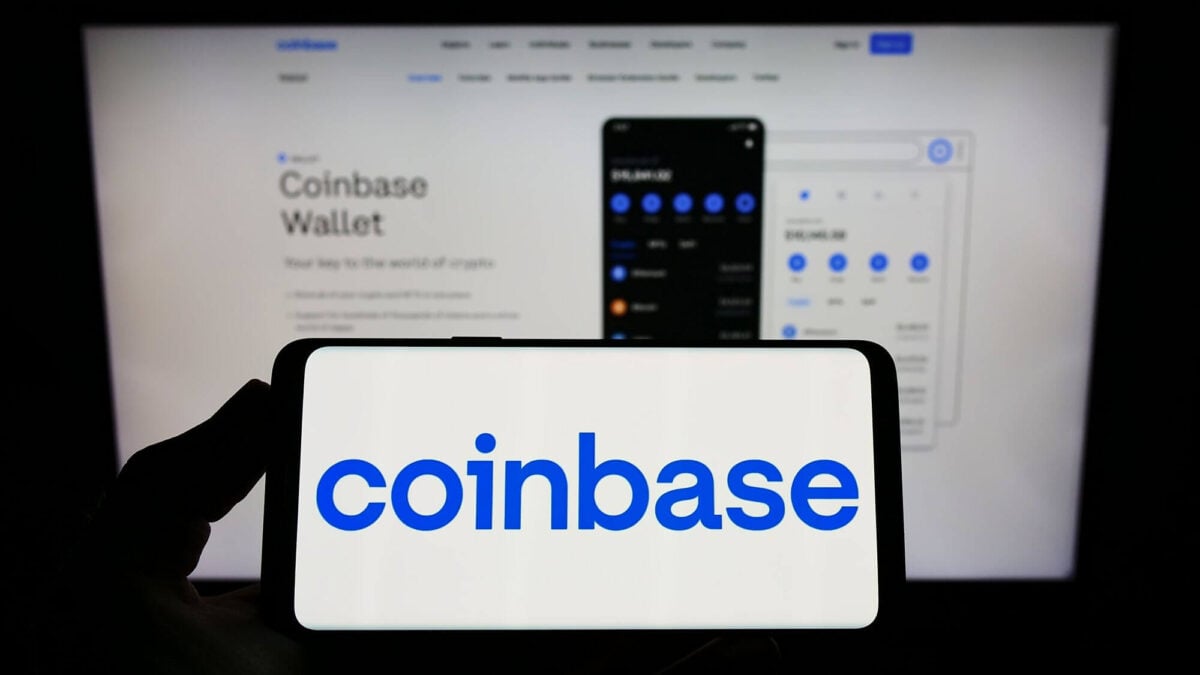Forget Cardano, Why Shiba Inu’s Shibarium Is The Real Ghost Chain
Shiba Inu’s effort to grow beyond being a meme coin is struggling. Its blockchain network, Shibarium, was created to bring real use and value to the project, but it has not gained much attention or activity. Developer interest and user engagement are very low, and the network’s overall growth has slowed down sharply.
Recent network issues, including technical troubles and security problems, have made things worse. Many users have left, and new projects are not joining. As a result, Shibarium now shows very little activity, leading many in the crypto community to call it a “ghost chain.”
Shiba Inu’s Struggle To Evolve Beyond A Meme Coin
Shiba Inu tried to change its image from a simple meme coin into a real blockchain project capable of competing with other networks. The team launched Shibarium, a layer-2 blockchain, in 2023 to help make this move. However, this plan has not worked as expected, with Shibarium failing to attract developers, projects, or users and gaining no market share.
According to data from DeFi Llama, Shibarium has only 18 developers since it began. It is a much lower number than on other blockchains, which have hundreds or even thousands of active developers. The total value locked (TVL) on the network, which shows how much money people have invested in it, has fallen to just $878,000.

Shibarium has also failed to attract any stablecoins, which are among the most widely used tokens in decentralized finance. Not a single stablecoin project has deployed on the network, reflecting Shibarium’s lack of presence in one of the most critical areas of the crypto world. Other newer and more active layer-2 networks like Base, Arbitrum, Plasma, and Linea have already moved far ahead, leaving Shibarium behind.
Hacks And The Decline Of Shibarium Network Activity
Things got worse for the network when ShibaSwap, the most popular decentralized app (dApp) on the Shibarium network, was recently compromised. The attack eroded user confidence and forced developers to pause a key bridge connecting Shibarium to other networks. Even with the bridge now active, most of the network’s activity stopped. Many users could not move their tokens or use apps, making the network almost entirely silent.
Because of this drop in network activity, Shibarium is no longer helping burn SHIB tokens. Typically, a portion of network transaction fees goes toward buying and burning Shiba Inu tokens, helping reduce supply and support the token’s price. But now, with very few transactions, the burn process has slowed down significantly.
The decline in users, developers, and activity are indicators that Shibarium’s dream of becoming a strong, useful blockchain has not come to fruition. Instead of growing into a central crypto platform, it has become what some would call the real ghost chain.
You May Also Like

Why This New Trending Meme Coin Is Being Dubbed The New PEPE After Record Presale

Coinbase Stock Climbs After Q3 Earnings: Here’s Why
